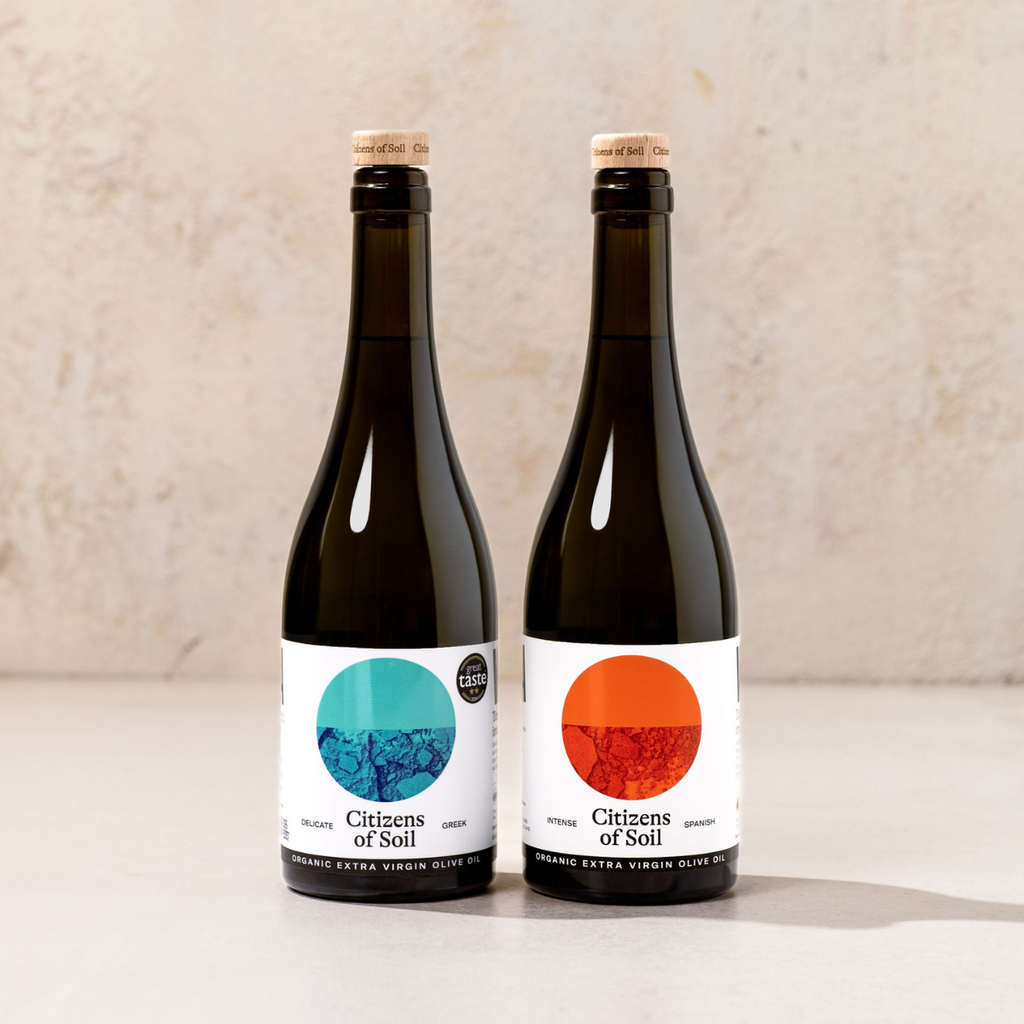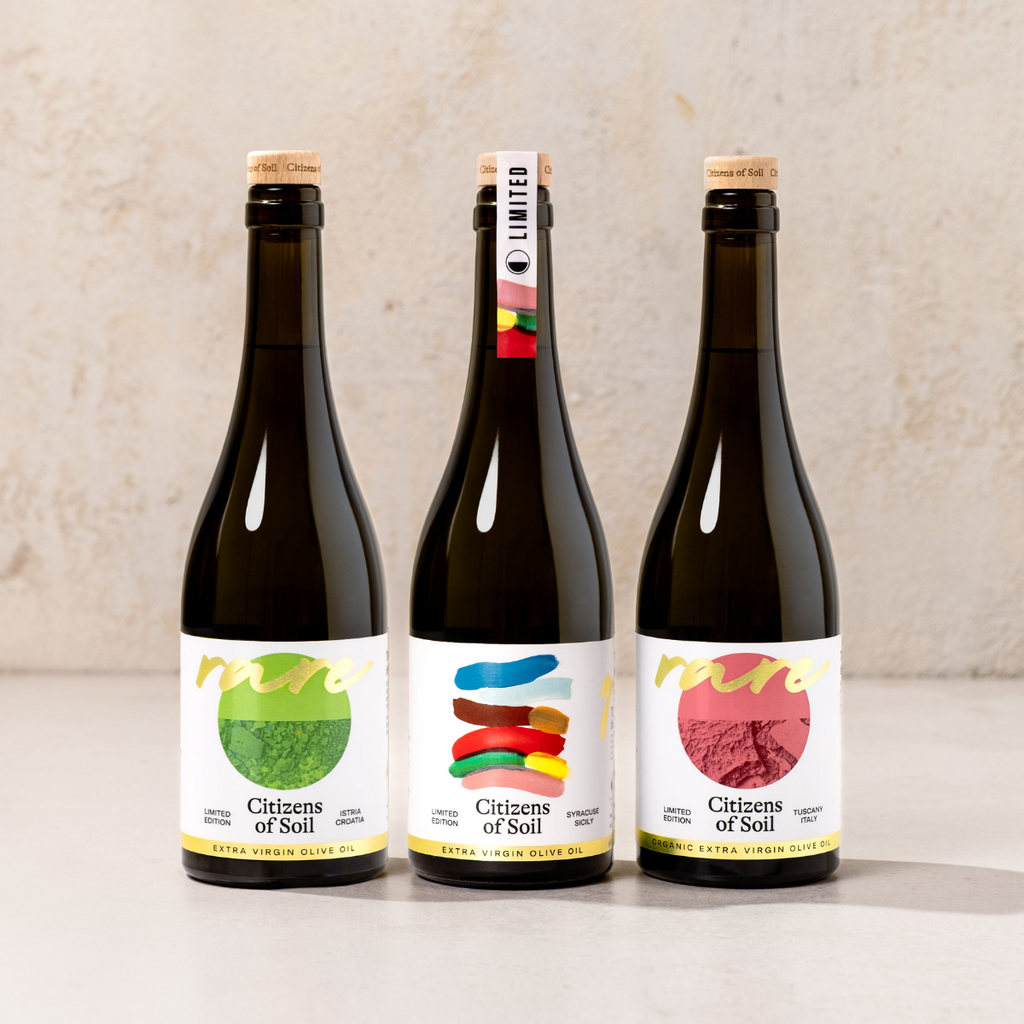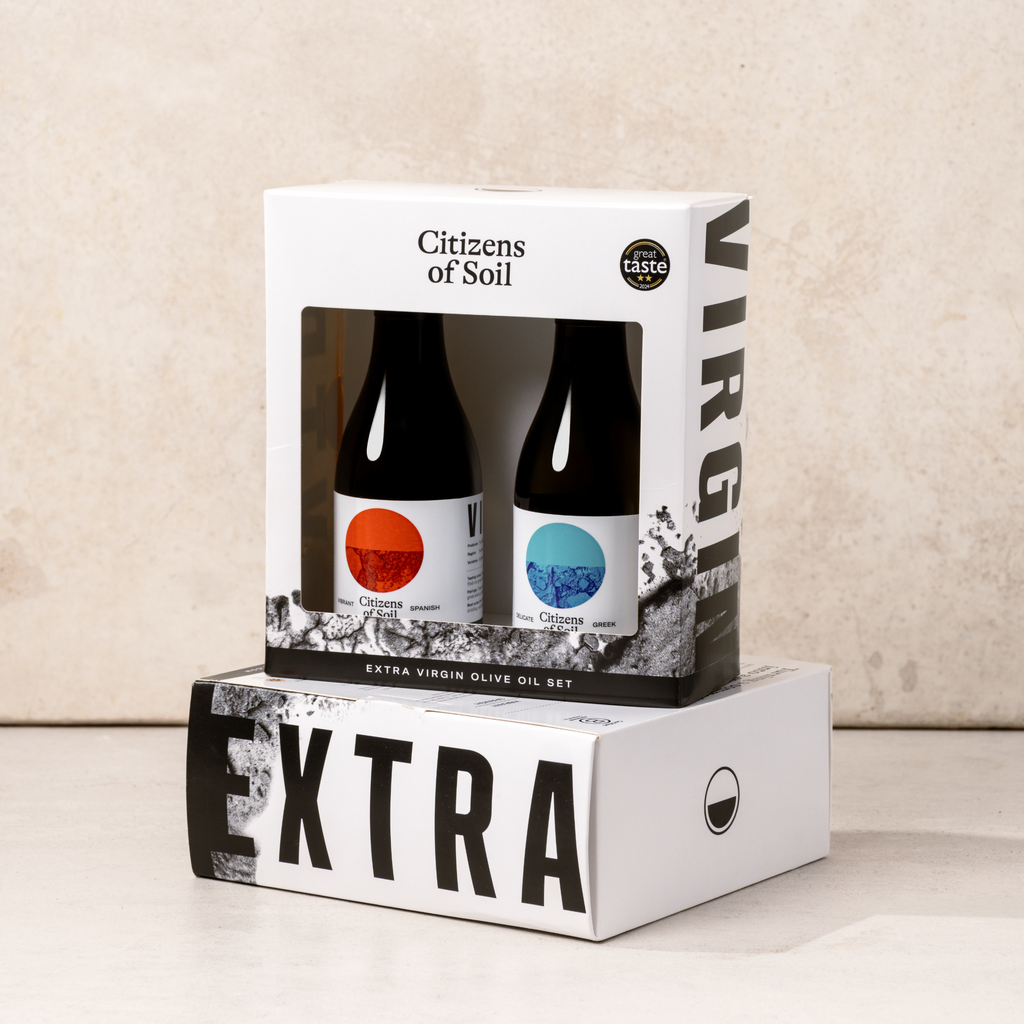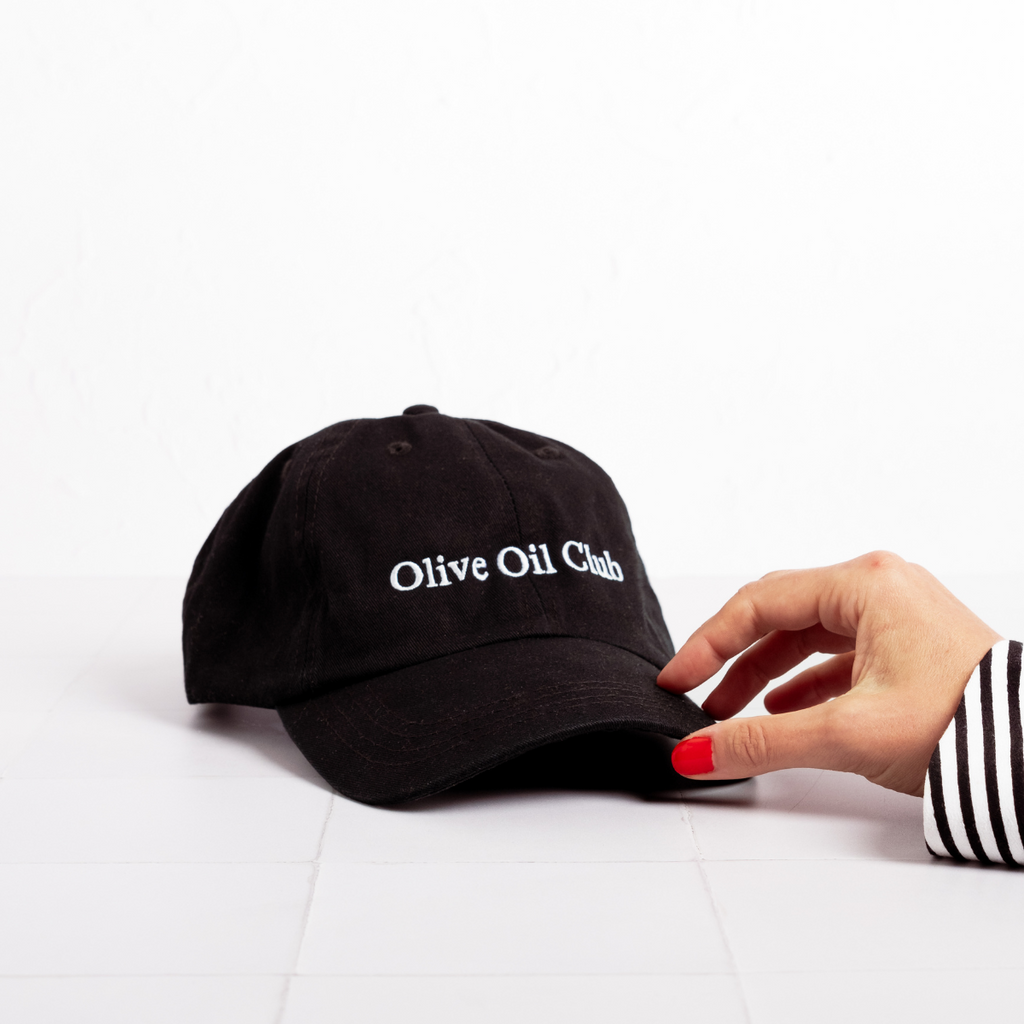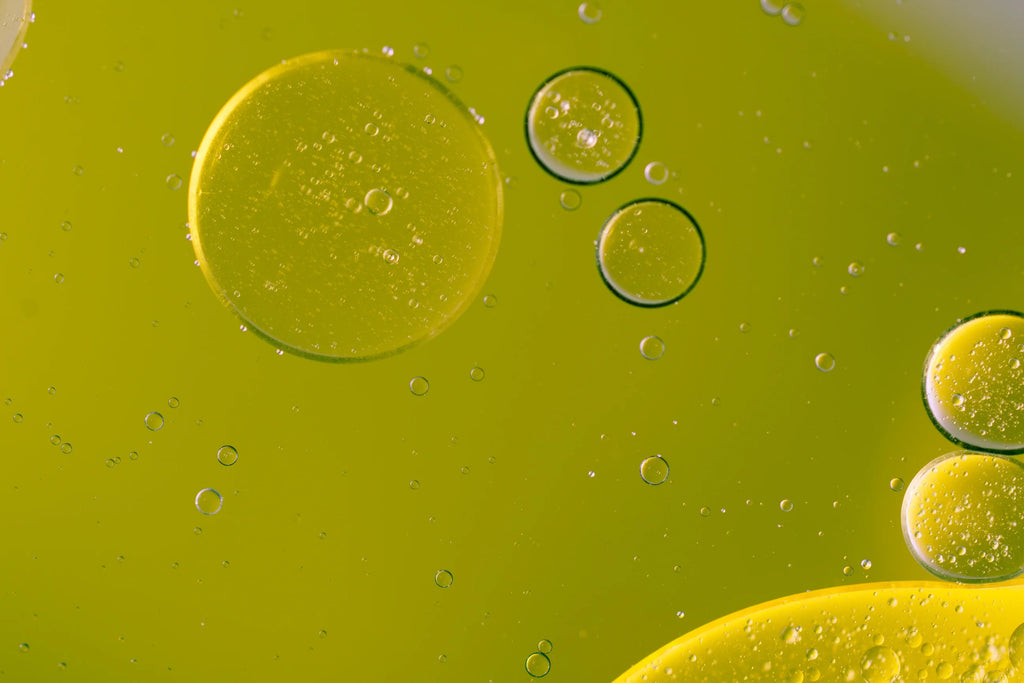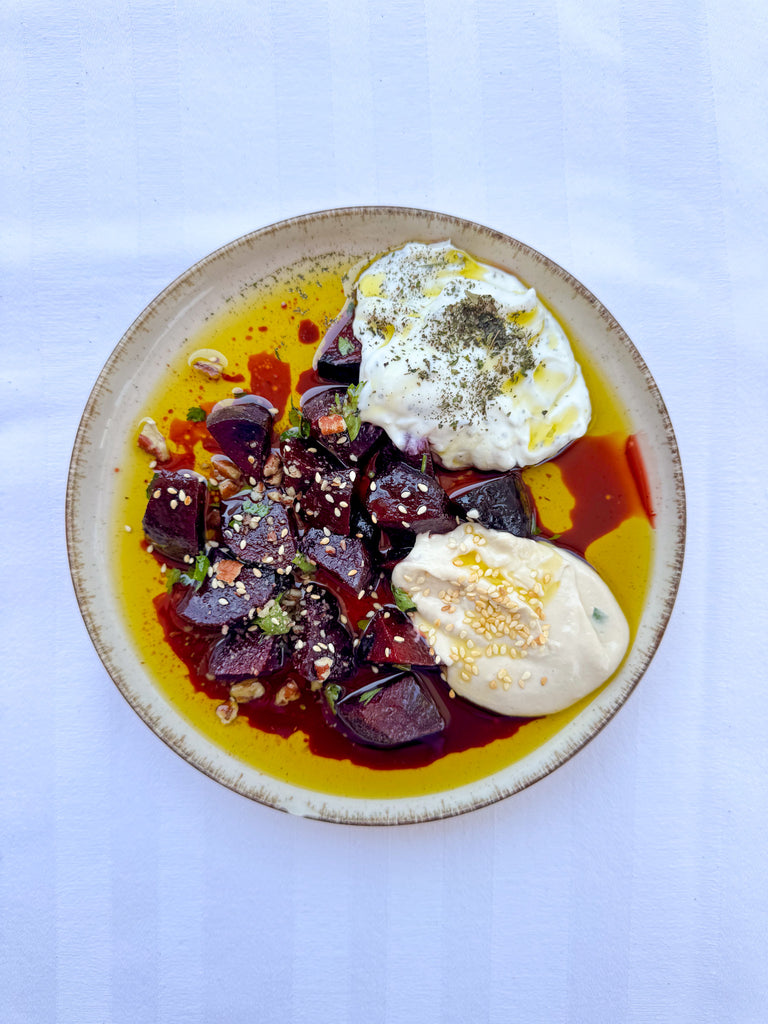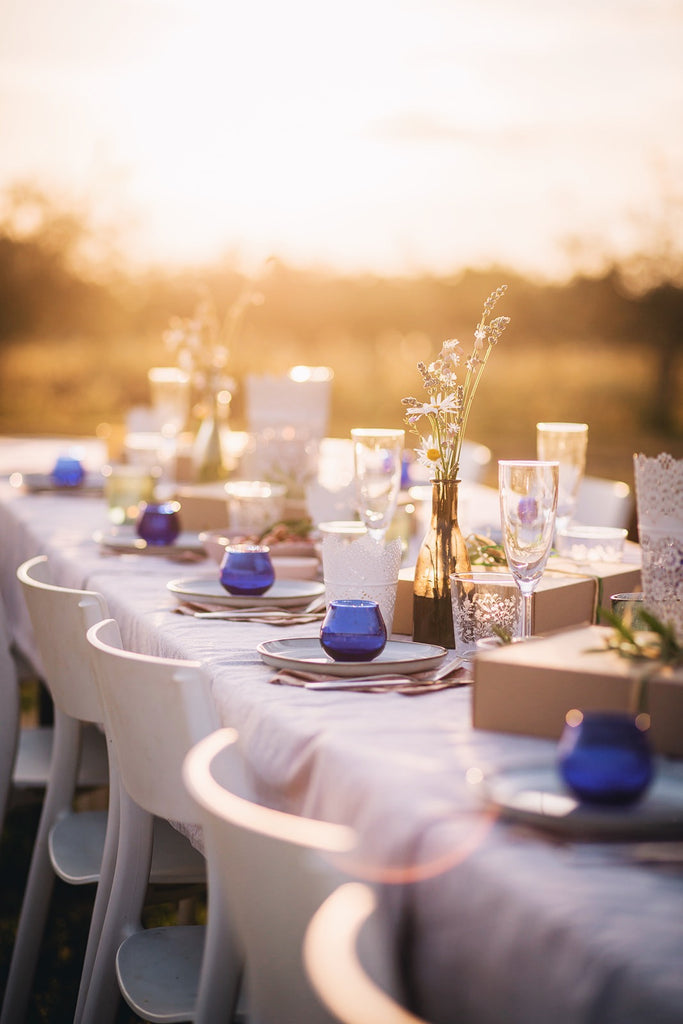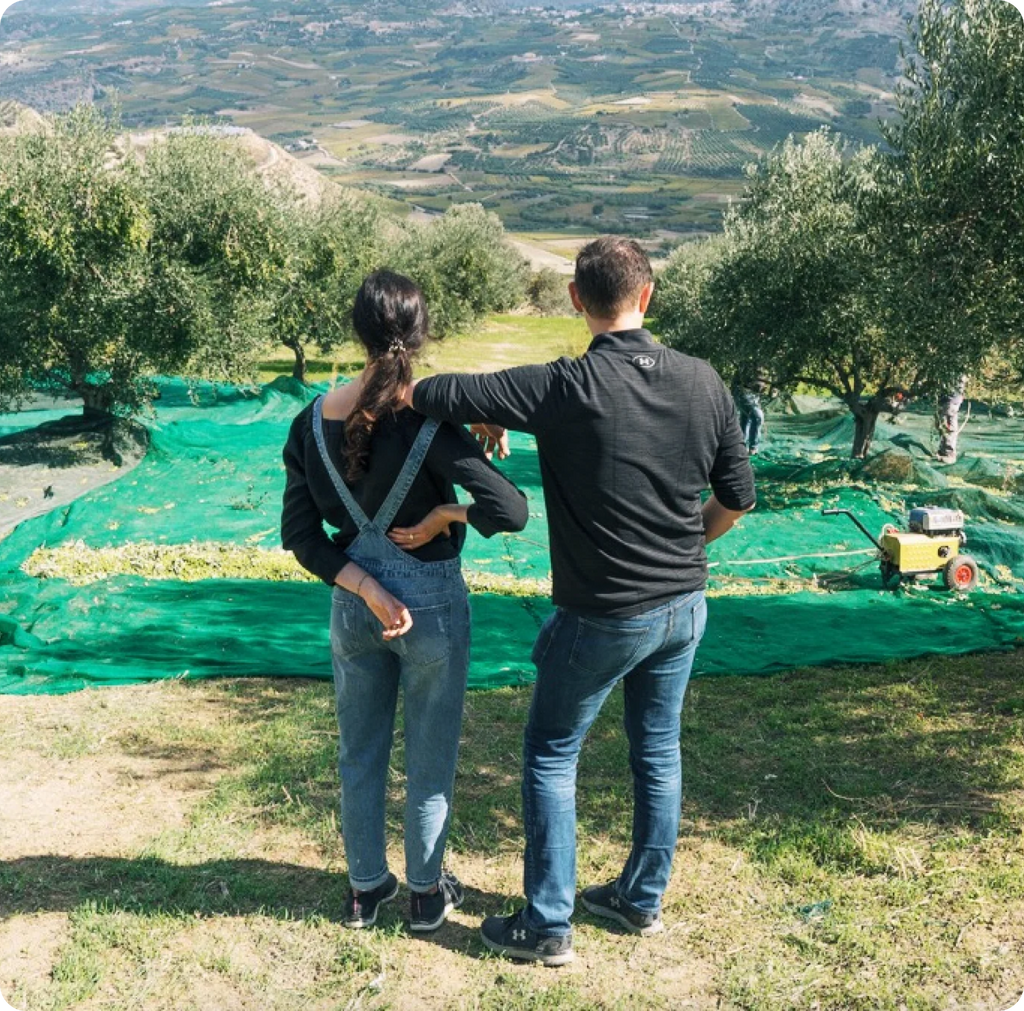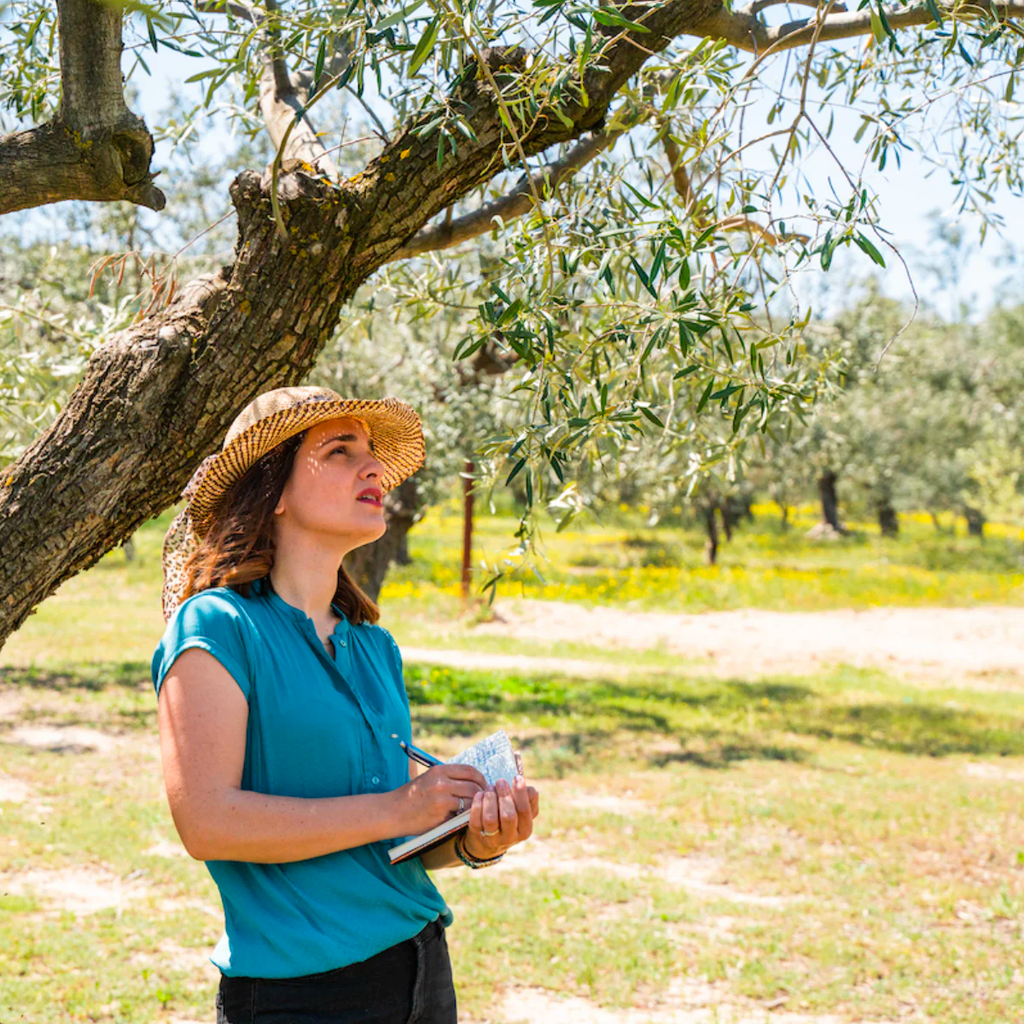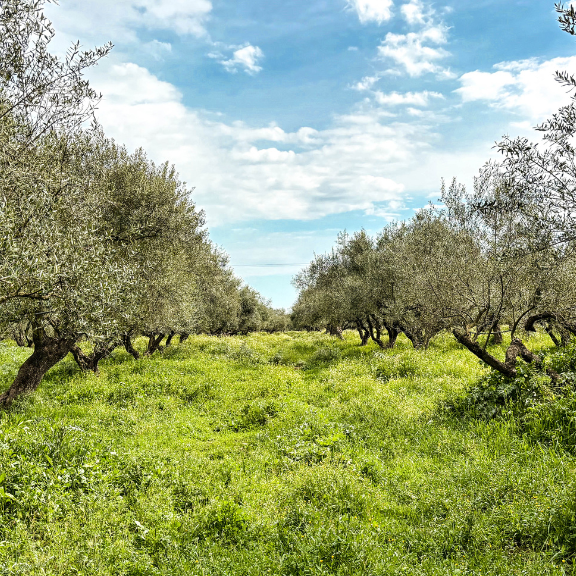From Maria's Table: Cretan Dolmades

I *LOVE* dolmades. Even as a kid growing up in a small Texas town, we were fortunate enough to have them in our community. In fact, our local deli—famous for football viewing and 'Texas-toast' sandwiches, also does a version of dolmas quite well.
Dolmades, or dolmas just "vine leaves" represents a family of stuffed pocket-like food in which some sort of vegetable leaf wraps up a bunch of other veggies, herbs, rice and sometimes meat. As it comes from the Eastern Mediterranean, there's lots of varieties and local ingredients, but most are based around grape vine leaves, rice, lemon and olive oil.
It took Maria no time to catch on that these were my absolute favourite—and they've become a staple of our visits.
Maria is famous in the family for how well, and quickly, she can make servings upon servings of dolmades. So, on one of our recent trips back, I rolled up my sleeves to capture her making them (while attempting myself).
Here are the ingredients you'll need:
- Vine leaves (ideally, grape and ready in brine for you, but Maria says you can also use boiled cabbage or even big enough basil leave—though it sounds ambitious to find ones like that in the UK on any regular basis).
- 1 cup of rice (she recommends something like a Paella style if you're in the UK)
- Fresh parsley (half a bouquet)
- 1 white onion
- A couple of tomatoes
- A small courgette (grated)
- A small potato (grated)
- Juice of a whole lemon
- A half a cup of passata (optional, if you like it; "depends how red you want your filling to be.")
- LOTS of extra virgin olive oil to cover (start with half a cup for every cup of rice).
- Salt & pepper, obvs.
Here's the method for making them:
1. Mix the uncooked rice, parsley, onion, tomatoes, grated vegetables, lemon juice, salt and pepper in a bowl so it looks like this:

Start preparing your leaves (ideally, already cured or 'in brine' grape leafs or boiled cabbaged that's soft and ready to roll).

Next, pick up a leaf and put a small tablespoon size of the mix directly in the middle. Maria puts the grape leaves in a heart figure every time just like this...

See how Maria packages them all up...
When they're all wrapped, they look like this:

You then start placing them down in the pot with the 'open' side of the package down. And then you stack.
And stack. Until you're about 1/3 of the pan high (so maybe 3-4 layers deep of dolmades).

Next up, you pour water to cover the dolmades (along with a little more olive oil and passata is you like). Note: The liquids added should cover the dolmades, otherwise they won't cook well.
Place a plate on top (this is to keep them all sat still and minimise movement in the pot that will make them spill out).
Maria adds an extra weigh, e.g. a cup, to ensure they really stay in place.

Allow the pot to boil, then immediately turn down and to simmer (or Maria says "half the heat of the boil" for 15-20 minutes).
Now, she notes, "the most important thing is that after they are cooked and you remove them from the fire, you don’t take any water out. You remove the plate, and within 5 minutes the water has disappeared!"
Time to enjoy! You can keep warm in the pot for serving, or batch them up for the fridge as they do keep really well for a couple of days. It's a great dish to make the day before you have people over as they can be served at any temperature really.
Now, I'm off to add these ingredients to my own shopping list because even just writing this has made me miss this delicious Cretan table on a dreary winter day in London.
🫒Are you making this? Got any questions or want to share how it went? Drop us a message or tag us in your photos on Instagram at @CitizensofSoil.

